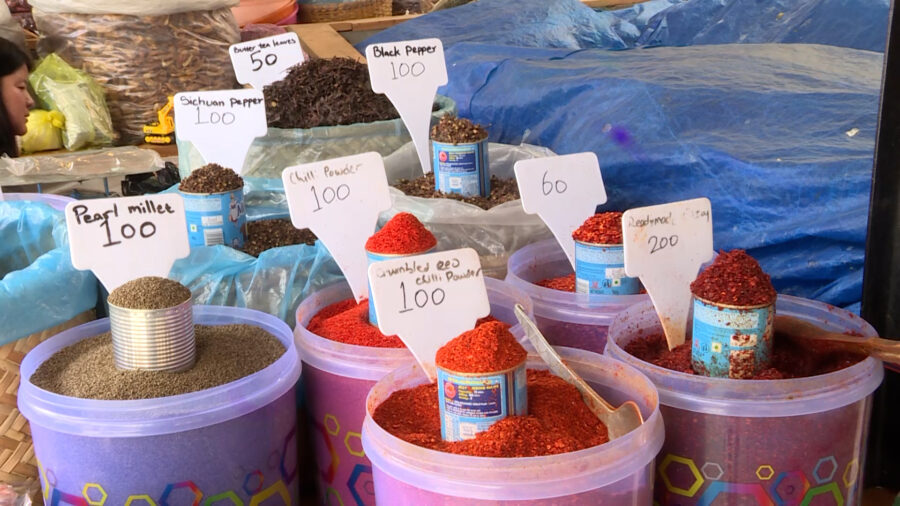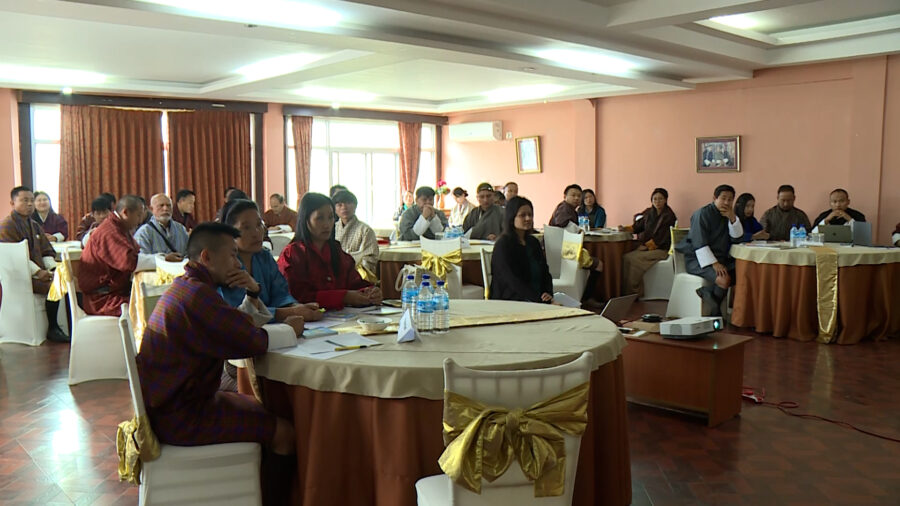 Although Bhutan produces and exports a variety of spices, the absence of a policy and industry association has left farmers, entrepreneurs, and exporters struggling with marketing and value chain challenges. To address this, the Ministry of Agriculture and Livestock is developing a strategic plan to strengthen the spice sector.
Although Bhutan produces and exports a variety of spices, the absence of a policy and industry association has left farmers, entrepreneurs, and exporters struggling with marketing and value chain challenges. To address this, the Ministry of Agriculture and Livestock is developing a strategic plan to strengthen the spice sector.
Bhutan exports a range of spices each year, including cardamom, ginger, turmeric, black pepper, and garlic. Last year alone, the country exported over 2,000 metric tonnes of cardamom and ginger to India, Bangladesh, and Singapore, making them the top exported spices.
However, according to a farmer organisation comprising farming groups, sustaining a consistent market and supply chain remains a challenge. The spice industry also struggles with quality certification, price fluctuations, outdated farming methods, and limited knowledge of processing and value addition.
To address these issues, the Ministry of Agriculture and Livestock, in collaboration with FAO Bhutan, is developing a strategic plan for the spice sector. The plan includes introducing quality certification systems to help Bhutanese spices meet international standards and become more competitive.
 As part of the initiative, a national workshop was held in Thimphu on Friday.
As part of the initiative, a national workshop was held in Thimphu on Friday.
Farmers, entrepreneurs, and exporters gathered to identify issues within the spice value chain and drafted a strategic action plan for expanding spice exports.
“Through the Spice Industry Vision 2030 and plans, it is going to make business become easier for all of us. Moreover, we can fetch a reasonable price for our products,” said Leki Chedup, the chairman of Panbang Youth-led Cooperative.
“For Bhutan, it is very essential to find a way to bring together all the strengths from the production, through processing, marketing, wholesale, logistics and transportation. All of these need to work in perfect coordination to be competitive in the market,” said Erick. J. Zeballos, the Senior Rural Institutions Officer, FAO Bhutan.
Besides the plan, an association will be formed to oversee the functioning of the spices production in the country.
Through the association, training on climate-smart agriculture, pest management, and modern drying techniques will be provided. FAO Bhutan will support the association with research and development.
“If there is an association, it is going to be more convenient for both parties when discussing important matters. We need not go after individuals for the work. We can also solve marketing issues,” said Tashi Dorji, the director of the Department of Agriculture and Marketing Cooperatives.
“Even if we have the products, we face marketing challenges. So, without a proper market, we are at a loss. But now, as the government is planning to come up with an association to help us, we are very grateful for this initiative,” said Dorji Norbu, a farmer from Samdrup Jongkhar.
The Ministry of Agriculture and Livestock has proposed a budget of nearly 148 million ngultrum to boost the spice industry.
With government efforts now focused on creating a strategic roadmap and an association, there is renewed hope that the sector will become more organised, competitive, and sustainable.
Jamyang Loday
Edited by Sangay Chezom






